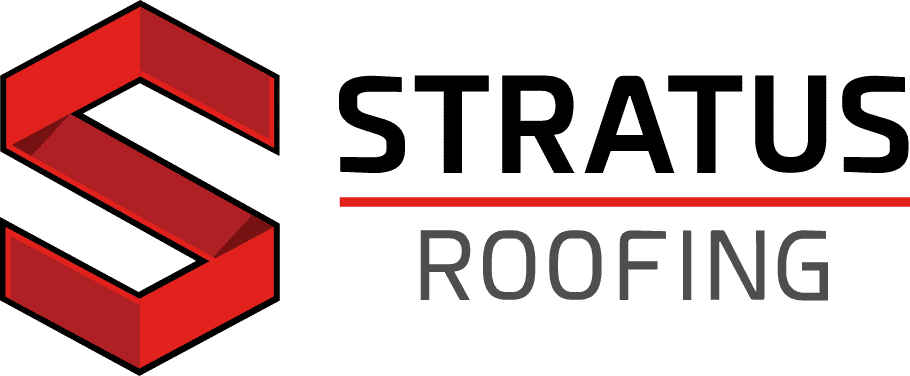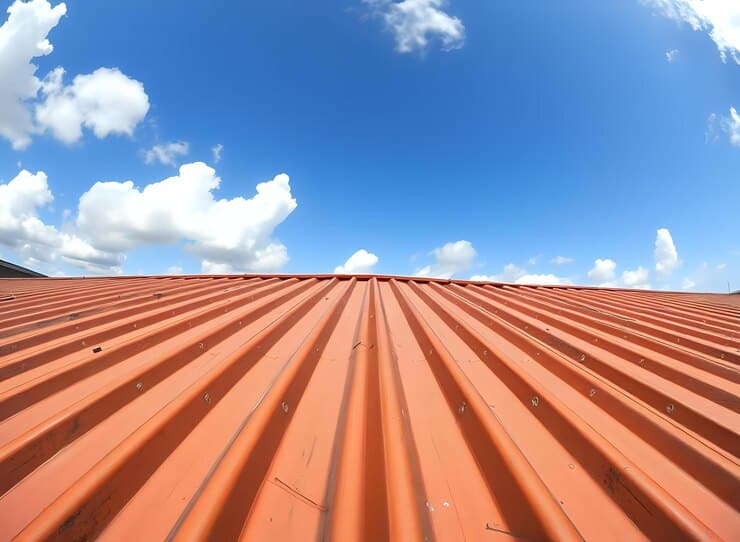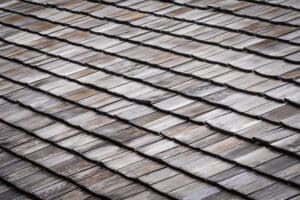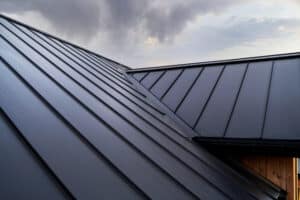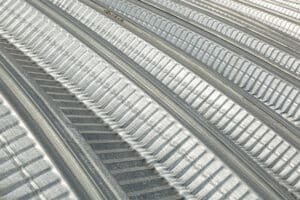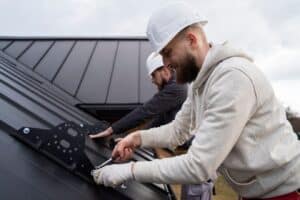A metal roof is known for its durability and long lifespan. However, even the toughest roofs eventually show signs of wear and tear. Knowing when it’s time to replace your metal roof can save you money and stress in the long run. There are several key indicators that suggest it may be time to think about getting a new roof.
Understanding these signs can help you take action before minor issues turn into major problems. Replacing your metal roof at the right time ensures your home remains safe, efficient, and attractive for years to come.
Visible Damage and Wear
Rust and Corrosion
Rust and corrosion are severe problems for metal roofs. Over time, exposure to rain, sun, and wind can lead to rust forming on the metal surface. Rust weakens the metal and can create holes or cracks where water can seep through. If you notice reddish-brown stains or areas where the metal appears to be flaking, it’s a sign that rust has taken hold.
Corrosion can be insidious, spreading beneath the paint or protective coating. This issue can reduce the structural integrity of your roof. Addressing rust and corrosion early can sometimes prevent the need for a full replacement, but extensive damage often means it’s time for a new roof.
Cracks and Holes
Cracks and holes are clear signs that your metal roof might need replacing. Small cracks can develop over time due to temperature changes causing the metal to expand and contract. These cracks might start small but can grow quickly, leading to significant problems.
Holes can result from various factors, including falling debris, severe weather, or animal activity. Even small holes can allow water to penetrate the roof, leading to leaks and potential interior damage. When you spot cracks or holes, it’s wise to assess the overall condition of your roof to determine whether a repair or a full replacement is necessary.
Leaks and Water Damage
Signs of Moisture Inside the Home
Noticing water stains on your ceiling or walls? This could indicate that your metal roof is no longer watertight. Moisture inside the home can signal a leak in the roof. If you see discoloration, bubbling paint, or damp spots, it’s time to investigate your roof’s condition.
Leaks not only damage your indoor environment but can also compromise the insulation and electrical systems within your home. Promptly identifying and addressing leaks can prevent costly repairs in the future. Ignoring these signs can lead to more severe structural issues down the line.
Mold and Mildew Growth
The presence of mold and mildew is another red flag that your roof may need replacement. Mold and mildew thrive in moist environments, so their growth inside your home could indicate a persistent leak. This not only affects the aesthetics and smell of your home but can also impact your health.
Mold spores can cause allergic reactions, respiratory problems, and other health issues. Addressing mold and mildew by fixing the underlying roof problems is crucial. If left unchecked, mold growth can spread and become a much bigger issue, often necessitating a complete roof replacement to fully resolve the problem.
Decreased Energy Efficiency
Higher Energy Bills
One of the signs that it’s time to replace your metal roof is a noticeable increase in your energy bills. A damaged or aging roof can allow hot or cold air to escape, making your heating and cooling systems work harder to maintain a comfortable indoor temperature. This inefficiency leads to higher utility costs over time. If you’ve seen a significant spike in your energy expenses, it could be due to your roof not providing adequate insulation or protection.
Monitoring your energy usage over several months can help you identify patterns indicating a problem with your roof. Comparing these costs to previous years will give you a clearer picture of whether your roof’s condition is impacting your energy efficiency.
Inconsistent Indoor Temperatures
Another clue that your roof may need to be replaced is inconsistent indoor temperatures. If certain rooms in your house are much warmer or cooler than others, your roof could be to blame. An older or damaged roof can result in uneven distribution of heat or cool air, leading to uncomfortable living conditions.
These temperature inconsistencies can be frustrating and drive up your energy costs as your HVAC system struggles to balance the temperature throughout your home. If you find that some areas of your house are constantly too hot or too cold, it’s worth evaluating the condition of your roof.
Age and Lifespan of the Roof
Expected Longevity of Metal Roofs
Metal roofs are known for their longevity, often lasting between 40 to 70 years, depending on the material and maintenance. But like any home component, they have a finite lifespan. If your metal roof is approaching or has surpassed its expected lifespan, it’s wise to consider a replacement. Older roofs are more likely to show signs of wear and other issues that can compromise the structure of your home.
As your roof ages, regular inspections can help you determine when it’s time to replace it. Keeping track of its age and condition over the years ensures you address problems before they become severe.
Comparing Current Condition to Initial Installation
Examine the current condition of your metal roof compared to when it was first installed. Has it maintained its structural integrity, or do you notice significant deterioration? Look for visible changes such as sagging, large rust spots, or missing panels.
If your roof has undergone multiple repairs and still has ongoing issues, replacing it might be the most cost-effective solution. By regularly comparing your roof’s existing condition to its state at installation, you can better judge when it’s time for a full replacement.
Conclusion
Recognizing the signs that it’s time to replace your metal roof can prevent larger issues and save money in the long run. Visible damage, such as rust and cracks, along with leaks and water damage, can lead to serious problems if not addressed promptly. Decreased energy efficiency is another indicator that your roof may no longer be performing its job. Finally, considering the age and overall lifespan of your metal roof helps determine when replacement is the best option.
For a professional evaluation and high-quality Orlando metal roof replacement, contact Stratus Roofing today. Our experts will help ensure your home remains safe and comfortable for years to come!
